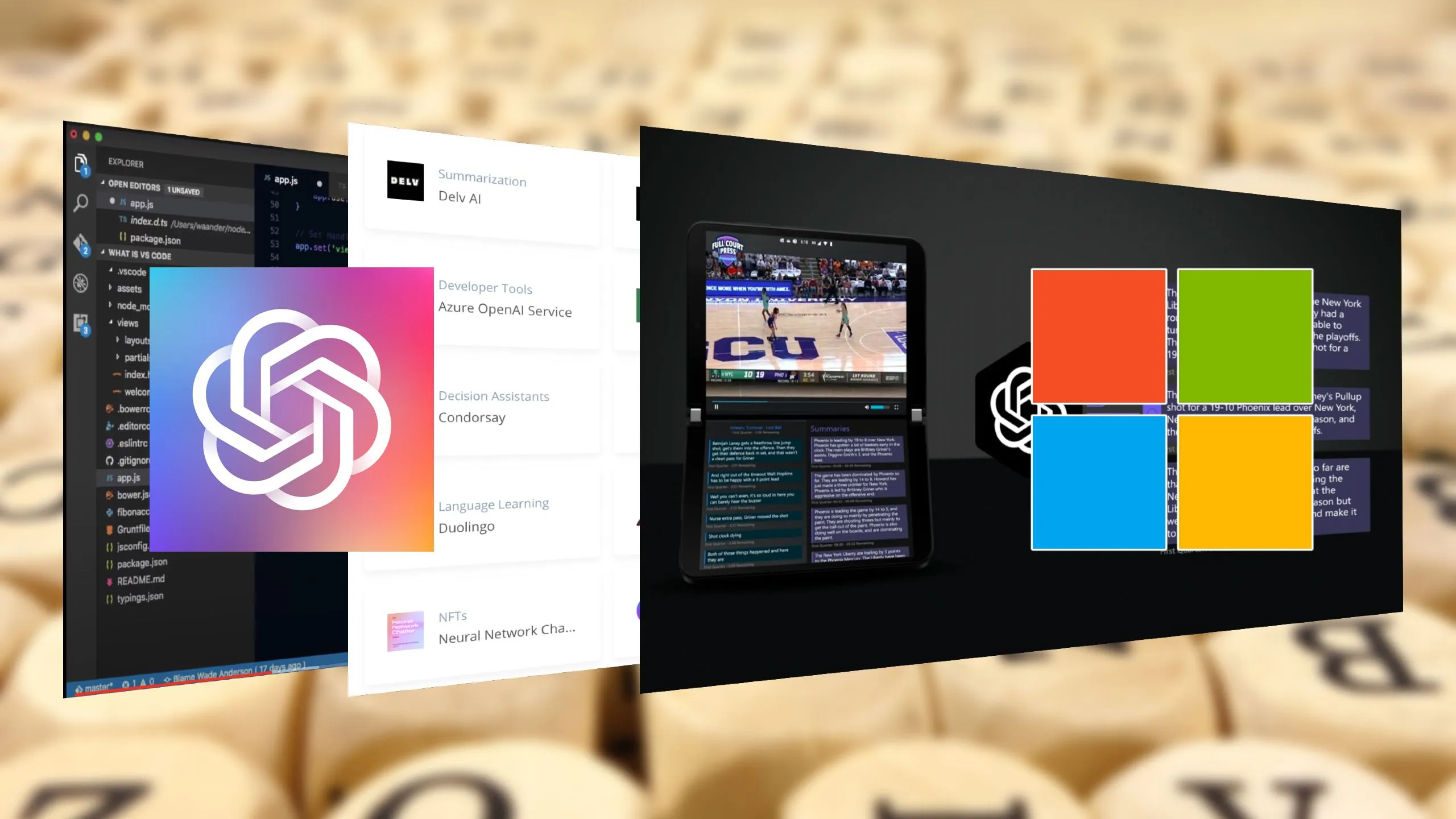How to Use GPT-3 in Microsoft Products: A Step-by-Step Guide

If you’re familiar with artificial intelligence and natural language processing, you’ve likely heard of GPT-3. Developed by OpenAI, GPT-3 is a powerful language model that can generate text that is virtually indistinguishable from human-written content.
Microsoft has recognized the potential of GPT-3 and has integrated it into some of its products, such as PowerApps and Power Automate. However, to use GPT-3 in these products, you’ll need to sign up for the AI Builder service, which is part of the Power Platform.

Here’s a step-by-step guide to getting started with GPT-3 in Microsoft products:
1) Sign up for AI Builder
To use GPT-3 in Microsoft products, you’ll need to have access to AI Builder. You can sign up for AI Builder as part of the Power Platform. There are different pricing tiers available, depending on your needs.
3) Create a custom model
Once you have access to AI Builder, you can create a custom model that uses GPT-3 for natural language processing. You’ll need to specify the type of model you want to create, such as a language understanding model or a translation model. You can then choose GPT-3 as the underlying technology for your model.
4) Train your model
Once you’ve created your model, you’ll need to train it on your specific data. This will help the model learn how to generate text that is relevant and accurate for your particular use case.
5) Integrate your model with PowerApps or Power Automate
Once you’ve trained your model, you can integrate it with PowerApps or Power Automate. This will allow you to use GPT-3 to generate text within your apps or workflows.

It’s important to note that using GPT-3 in Microsoft products is a more advanced feature and may require some programming and technical knowledge to set up. However, the potential benefits are significant, as GPT-3 can help you generate natural language content quickly and easily.
In conclusion, if you’re interested in using GPT-3 in Microsoft products, you’ll need to sign up for AI Builder and create a custom model. With a little bit of training and integration, you can leverage the power of GPT-3 to generate high-quality text within your apps and workflows.
